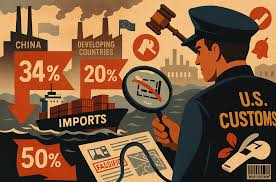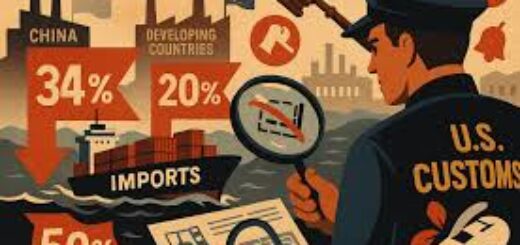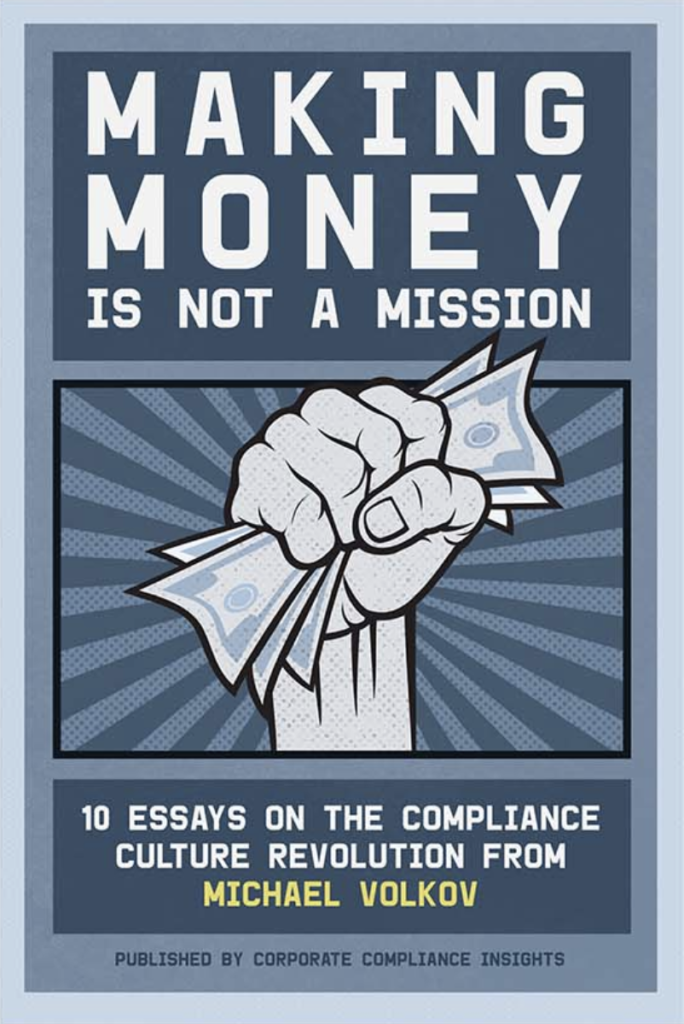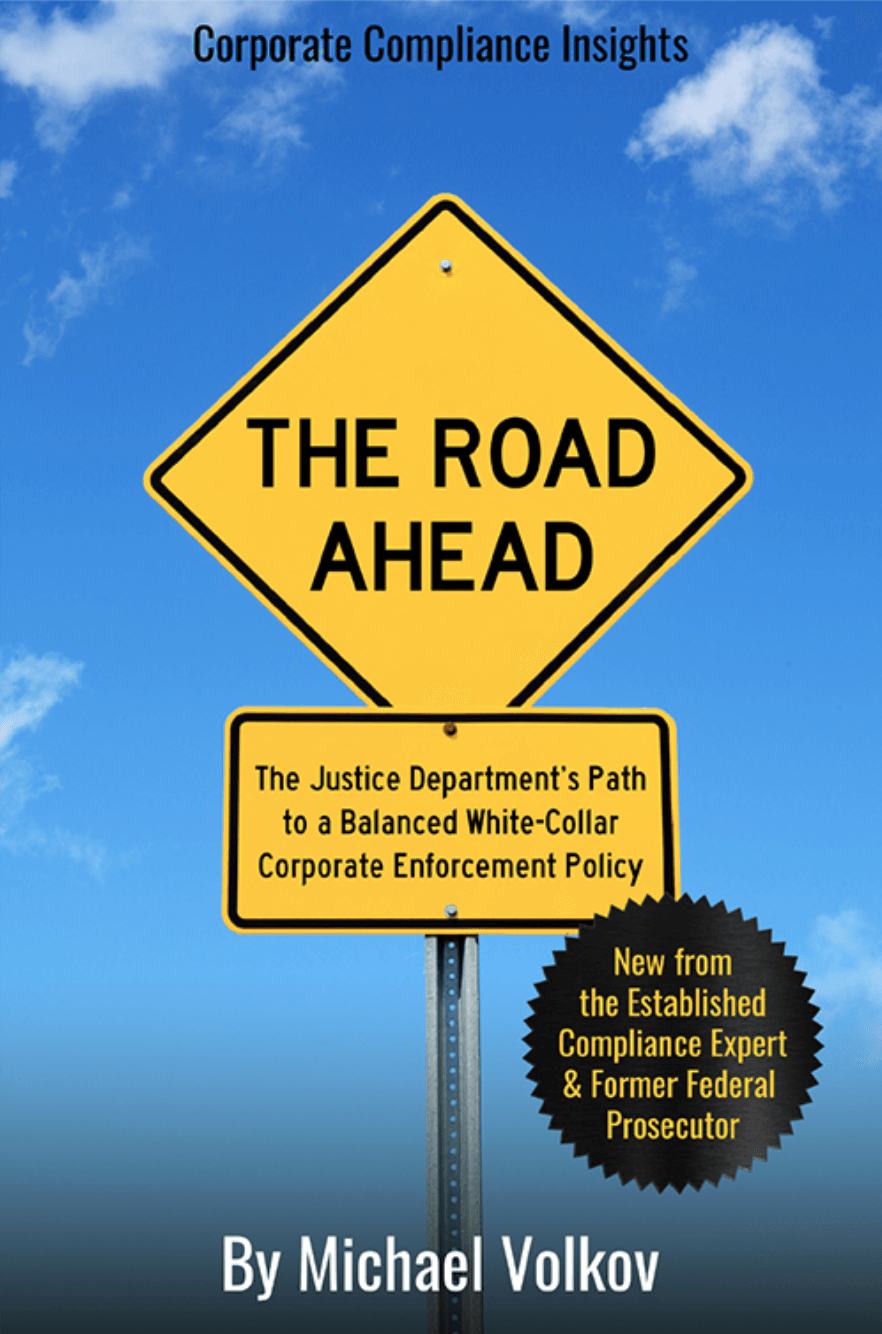Reviewing the CPB Enforcement Process Under 19 U.S.C. § 1592 (Part II of II)

CPB’s administrative enforcement program is robust and increasing, especially with the importance of trade and tariff enforcement. There are a lot of “ins and outs” (Big Lewbowski Here) to the administrative process which can make it appear overly complex.
Case Initiation: CBP initiates investigations from a variety of sources including routine audits, cargo examinations, e-allegations, and referrals. The import process, for obvious reasons, includes a significant amount of documentation and data, which establishes potential issues linked to false statements, omissions, mistakes and other miscues.
Pre-Penalty Notice (PPN): If CPB identifies a possible problem, CPB will issue a Pre=Penalty Notice which outlines the alleged facts and legal basis for a violation, the apparent level of culpability — that is, fraud, gross negligence, and negligence, and a proposed penalty amount. The importer then has thirty (30) days to respond and submit evidence.
Penalty Notice (PN): After reviewing the matter, CPB then decides whether to issue a formal Penalty Notice (PN) and to cancel, reduce or otherwise modify the proposed penalty. If issued, a Penalty Notice will seek payment of a specified amount.

Petition for Mitigation or Cancellation (Administrative Appeal): The importer can file a Petition for Relief or Administrative Appeal within sixty (60) days after the Penalty Notice. After review, the CPB can reduce, cancel or mitigate the fine based on various possible issues, including cooperation with the investigation, prior violations history, voluntary disclosure, and remedial measures taken. If dissatisfied, the importer can seek further administrative review at the CPB headquarters.
Judicial Enforcement: Once all appeals have been exhausted, CPB can bring an enforcement action for payment of the penalty in the U.S. Court of International Trade, 19 U.S.C. §1592(e).
Relevant Considerations
If an importer discovers a violation prior to the CPB, the importer has a significant incentive to voluntarily disclose the violation since the CPB will award substantial credit for such disclosures. Given the continuing need for a strong relationship with CPB as a regulatory agency and to the importer’s continuing business, importers should favor disclosure in order to protect its relationship and reputation with CPB.
Import violations have a five year statute of limitations from the time the violation is discovered This time limit can be extended in cases of intentional fraud when the failure to identify the potential violation is partly or entirely the result of fraud. 19 U.S.C. §1621.
The “discovery” of a violation is triggered by CPB knowledge of the facts that constitute a violation. The limitation applies to administrative penalties and civil actions in the Court of International Trade.
CPB Seizure of Merchandise
Aside from the penalty process, CPB can exercise independently its authority to seize any illegal shipment. CPB’s authority and procedures for doing so derive from the Tariff Act of 1930, primarily 19 U.S.C. §1595a(c), Merchandise Introduced Contrary to Law. See also, 19 U.S.C. §1467, Examination of Merchandise, and §1581, Search Authority.

CPB has regulatory authority to detain suspicious merchandise for up to thirty (30) days, 19 C.F.R. §151.16. During this period, CPB will investigate whether the goods violate any U.S. law (e.g. counterfeit, smuggled, mislabeled or otherwise prohibited). If a violation is confirmed, CPB will issue a Notice of Seizure that sets forth the legal basis for the seizure, and a description of the seized goods.
The specific procedure for the administrative forfeiture will apply to seizures of goods value at less than $500,000. If this threshold is not reached, the importer can file a petition for return or penalty reduction based on mitigation. This petition must be filed within thirty (30) days of the seizure.
If the importer files a claim and posts a cost bond, CPB refers the matter to the U.S. Attorney’s Office for initiation of judicial forfeiture cases.















